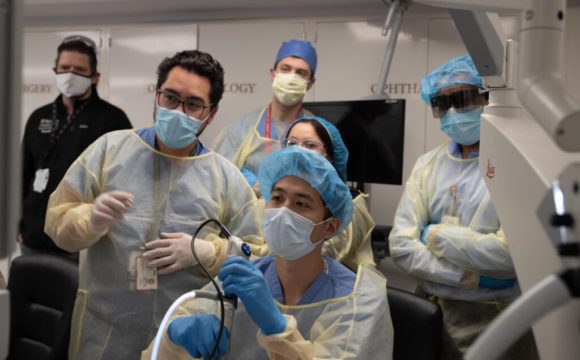The body may mend when you scratch your knee, break a bone, or cut. However, this is not the case with some illnesses, such as diabetes or heart disease. Regenerative medicine, a relatively young area in which professionals seek medicines and tactics comparable to those used by your body to cure itself, is altering that. Check out clifton regenerative medicine to learn more.
What does regenerative medicine mean?
When tissue engineering was employed for stem cell research and surgeries such as skin transplantation in the 1990s, regenerative medicine gained prominence.
Regenerative medicine seeks to reboot or replace tissues or organs that have been damaged by sickness, aging, injury, or other reasons, rather than treating symptoms with pills and surgeries.
Human regeneration occurs on three levels:
- Molecular
This comprises tiny molecules such as DNA, lipids, and carbs, which are the building blocks of your body.
- Cellular
This comprises cell structures, such as neurons and axons, responsible for cell development and reproduction in your body.
- Tissue
This comprises things like blood, skin, bone, and muscle.
How does it work?
While most regenerative medicine research is ongoing, several applications have already been made. Stem cell treatment is one of them. This is when scientists cultivate specific stem cells in a laboratory setting. Depending on the situation, they may be programmed to act like specific types of cells, such as those in your heart, blood, or nerves.
For example, if you have heart disease, these lab-created heart muscle cells might be utilized as transplanted tissue to assist in repairing or replacing damaged heart cells.
What is the purpose of regenerative medicine?
Several therapy and conditions are available, including:
- Brain injury tissue repair
- Cardiovascular tissue repair
- Type 1 diabetes
- Tissue engineering
- Cell therapy
- Immune system improvement
- Organ transplants
- Certain cancers
- Skin wounds
What are the different kinds of regenerative medicine?
Regenerative medicine is evolving with discoveries and breakthroughs, but there are a few key areas. They are as follows:
- Tissue engineering and biomaterials
This is when biomaterials, three-dimensional (3D) printed scaffolds of metals, ceramics, and polymers, are placed in your body where new tissue needs to form. This therapy has helped many people, but the study is still underway.
- Cellular therapies
Every one of us has millions of adult stem cells. It is one of the ways our bodies mend themselves. When aggregated and injected in regions of illness or tissue injury, adult stem cells have been demonstrated in studies to help reconstruct new tissue under specific conditions.








